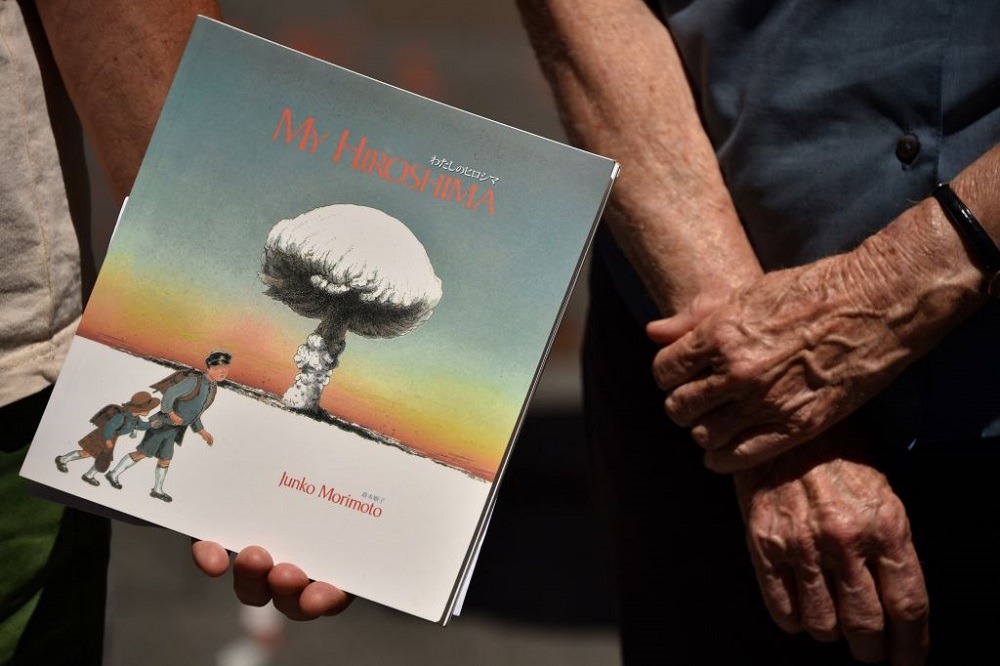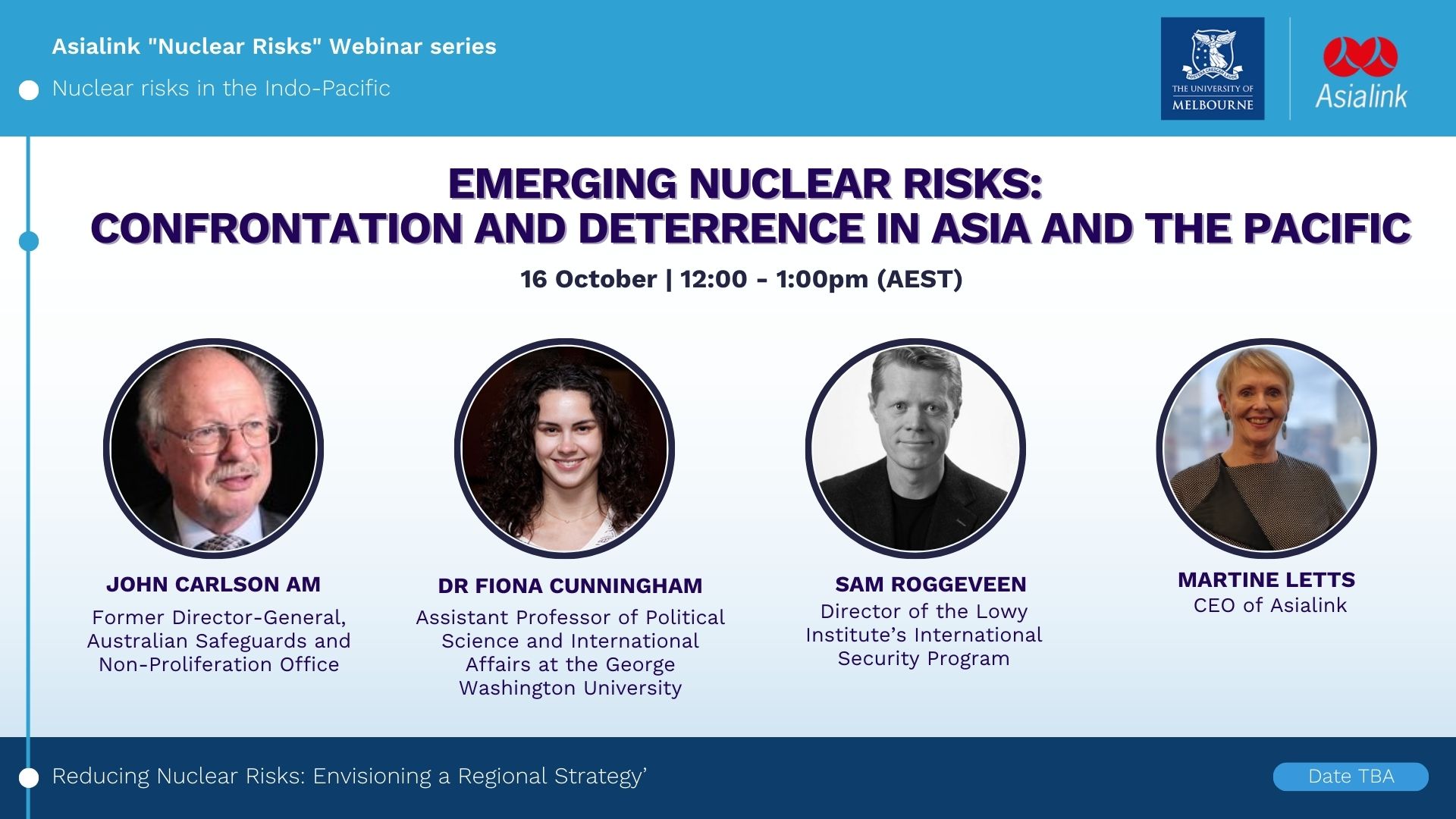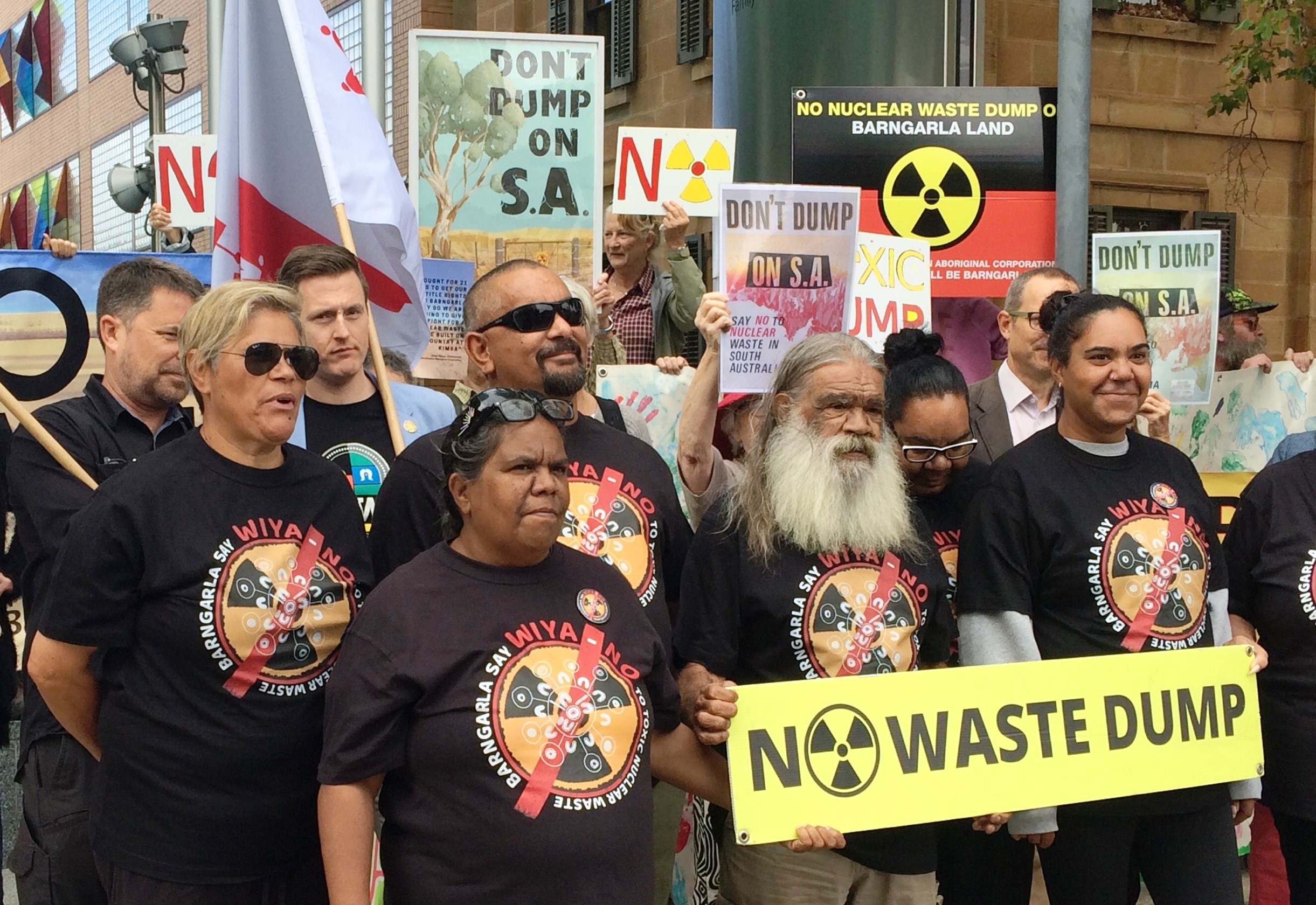Time to Hold Nuclear States to Their Promise
THE STRATEGIST — THE AUSTRALIAN STRATEGIC POLICY INSTITUTE
APLN member Marianne Hanson co-wrote an article with Margaret Beavis, emphasizing the importance of disarmament and trust-building in the context of global security while urging nuclear-armed states to fulfill their commitment to nuclear disarmament. The original post can be found on the ASPI website here.
Rod Lyon’s article, Australia, the TPNW and Nuclear Weapons, takes aim at the Treaty on the Prohibition of Nuclear Weapons (TPNW) and the role of ICAN (International Campaign to Abolish Nuclear weapons) in supporting this treaty. While there is certainly some food for thought in Lyon’s piece, there are also some insupportable statements that require examination.
Lyon opens his article by claiming, incorrectly, that: ‘The Labor party avoided an open stoush over nuclear weapons’ at its national conference. There was significant dissent among delegates over the AUKUS nuclear-propelled submarines. But Labor’s position on signing the TPNW attracted no dissent or stoush at all.
Lyon is highly critical of ICAN, claiming that we underestimate the difficulties involved in Australia signing the TPNW. ICAN has never suggested that signing the treaty or moving to the elimination of nuclear weapons will be easy. Melissa Parke, ICAN’s new international executive director, and others understand the challenges ahead. We do argue that, with political will and sufficient courage, there is nothing ‘impossible’ about this. After all, this is exactly what thousands of leaders and security specialists have called for: think Ronald Reagan, Henry Kissinger, General Lee Butler, former head of US Strategic Command, Colin Powell, former US Secretary of State, military professionals from around the world, parliamentarians, (including Australia’s own Tom Uren), diplomats and leaders, ambassadors and high commissioners.
Lyon states that ‘the treaty in its current form probably won’t ever get up’. But the treaty is already ‘up’. It has entered into force and currently has 92 signatories. No one thinks the TPNW will bring about the immediate elimination of nuclear weapons; such suggestions misunderstand the nature and purpose of a prohibition treaty. As with other inhumane weapons, having a legal judgement on nuclear weapons based on international humanitarian law is a critical step in delegitimising these most destructive of all WMDs.
Lyon echoes a repeated but unconvincing argument about the lack of verification procedures in the TPNW. The treaty’s purpose has not been explicitly to regulate the destruction of nuclear stockpiles, but to increase pressure on nuclear weapons states to re-enter disarmament negotiations. Dismantlement is a process that the nuclear weapon states will likely have to conduct among themselves after they make a real commitment to elimination. This has been done successfully between the US and Russia to eliminate verifiably tens of thousands of nuclear weapons since the Cold War.
Lyon correctly notes that the treaty has no support from any nuclear-armed state, yet. But it would be wrong to dismiss the TPNW on these grounds. The very act of creating a nuclear weapons prohibition treaty alters the political landscape of nuclear politics. It establishes a firm denunciation of nuclear weapons despite the efforts of the great powers who for decades have tried to avoid this. The normative appeal of the new treaty will lead more states to join and make those states which retain nuclear weapons increasingly isolated. These states cannot escape the fact that they will now be seen—more than ever—to be acting in defiance of international law.
Lyon claims that Australia’s alliance commitments get in the way of signature and ratification. But the ANZUS Treaty contains no reference to nuclear weapons. Indeed, any interpretation of ANZUS that seeks to validate the threat of use of weapons of mass destruction seems a misrepresentation of the ANZUS agreement. Legal analyses by Monique Cormier and Anna Hood and work by Richard Tanter show that it is compatible for Australia to sign the TPNW and remain within the alliance, as a non-nuclear ally. Lyon is right to suggest that Canberra would have to renounce its (self-affirmed) policy of extended nuclear deterrence and undertake substantial revision to the joint US-Australia facilities. But he makes too much of the difficulty entailed in us extricating ourselves from these facilities. Importantly, the Pine Gap relay ground station (RGS) for US infrared surveillance satellites is technically redundant. The RGS could be closed, with appropriate notice of intent, without genuine disadvantage to US national security. With the RGS closed, all the data critical for US early warning would still flow by satellite crosslink from the infrared satellites to the mission control station.
The TPNW allows states to remain in military alliances with nuclear-armed states, provided they do not assist or cooperate on nuclear weapons. Several US allies have successfully signed and ratified the treaty, including New Zealand, the Philippines and Thailand. A mature relationship and genuine partnership such as the ANZUS alliance has the capacity to deal with the complicated technical issues involved.
Most Australians are in favour of Canberra signing the TPNW, and many are worried about our unquestioning allegiance to the US. Retaining the joint facilities increases the chance that an adversary would launch an attack on Australia.
Whether some sectors of national defence like it or not, the TPNW is a reality, and it is likely to grow in strength over time. Lyon is correct to say that the TPNW de-legitimizes ‘not merely nuclear weapons but nuclear deterrence itself, including the nuclear umbrella.’ This is precisely the treaty’s purpose, and this is based on the precepts of international law.
For those who believe that nuclear restraint can always be counted on to avert catastrophe, that nuclear deterrence has kept the peace, that it will continue to keep the peace, and that disarmament is therefore not necessary, there is still the awful spectre of accidental or inadvertent use. We have come perilously close to accidents in the past, and our luck will not hold indefinitely.
ICAN knows that achieving a world without nuclear weapons will require a substantial rethinking of current policies, a great deal of negotiation, the sustained building of trust between adversaries, and judicious management of regional security fears during any process of de-nuclearisation. It will need to be carefully balanced and occur in a strictly monitored and verified manner. But these things are feasible.
Let’s try to find answers to global insecurities which do not rely on the promise of incinerating hundreds of thousands, if not millions, of civilians. The nuclear states keep promising to give up their nuclear weapons. We need to hold them to that promise. As Nelson Mandela said, ‘it always seems impossible until it is done’.
Image: Peter Parks/AFP via Getty Images




